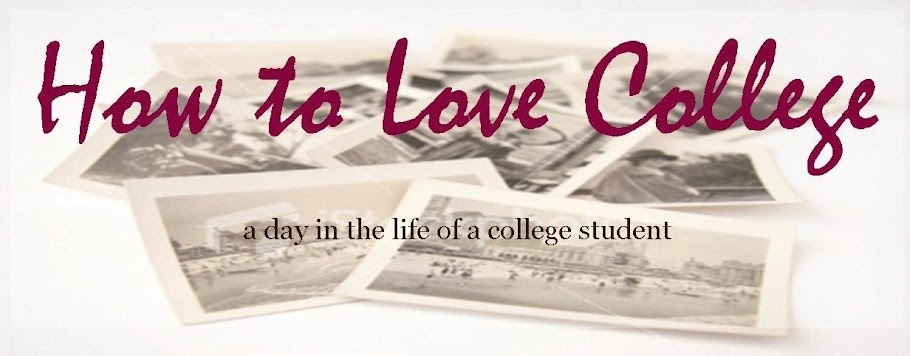I went to the MoMA today, and spent a lot of time in the Sweet Violence exhibit. It amazed me. This piece, -tentatively- titled Who Calls You Beautiful?, came from it.
You are wearing Gucci sunglasses that draw attention to your perfectly sculpted cheekbones, and I am wondering, “Who calls you beautiful?”
You are pictured on a black couch, sexy, smoking a cigarette.
You are posing for a camera, naked, splashing water onto your face.
You are bathing, radiant, under magazine-heading text that reads Risveglia la tua pelle!
You are brushing onto your cheeks rouge that conceals scars.
You are painting the image of your child, perfect and happy, smiling in a bubbly tub.
You are showing your pregnant belly in front of a window filled with light.
You are whipping egg whites, your cherry-patterned apron tied tightly around your waist as you stir in a cup of sugar.
You are wearing Gucci sunglasses that draw attention to your perfectly sculpted cheekbones, and I am wondering, “Who calls you beautiful?”
Pages
Saturday, February 25, 2012
Monday, February 13, 2012
The Good Ol' Days
I tend not to be nostalgic. But, when Nicki Minaj was "exorcised" at the Grammy's last night, it was hard for me not to yearn for better days. Rather than gluing my eyes to her levitating body, I took a stroll into the history of Grammy's of yore to find respite.
The first Grammy awards, originally called the Gramophone awards, were held on May 4, 1959. Domenico Modugno took both Best Record and Best Song of the year. Perhaps more familiar to our twenty-first-centurion ears, the Chipmunks also brought home an award, as did jazz superstar Ella Fitzgerald. Music Man won Best Original Cast Album. And, if only out of pity, the red-nosed, half-lit picture of Frank Sinatra on the face of Frank Sinatra Sings Only for the Lonely won Best Album Cover Photography.
Even with its tinges of pathetic, I'd take the portrait of sad Sinatra over a performance of maniacal Minaj any day. It may be easy to view the past with rose-colored glasses, but the ceremony back then really did seem to be easier on the ears, and on the eyes. After all, at the Grammy's of 1959, there were no crimped, blue-haired wigs. No barely-there lace kimonos. No black, birdcage veiled, golden-sceptered, half-black-haired queen. No levitating, pink-lipsticked, little-red-riding-hood-with-the-pope-for-a-date....alright, I give up, this is ridiculous!
In celebration of the Grammy's 1959-style, I've been jamming to Nel Blu Dipinto di Blu (Volare). It's a simple song about the highs of love, accompanied by the visual high of Modugno's adorable 'stache. I can't get enough of it. Compared to the 2012 Grammy's hulabaloo, the Grammy's of yesteryear offer simple, and welcome, perfection.
 |
| This is terrifying! And not in a fun way. Image c/o googleimages |
 |
| Sad Sinatra is STILL more aesthetically pleasing than Nicki Minaj Photo c/o googleimages |
 |
| Domenico Modugno at the Grammy's, back when they were classy. Photo c/o googleimages |
Monday, February 6, 2012
Love, Loss, and What I Wore
Love, Loss, and What I Wore puts love and loss at center stage. The show features four women who go through multiple marriages, come out, lose their mothers at young ages, get raped, and more: all of life's worst bestowed on this small sample population. Veanne Cox and Lillias White deliver convincing performance, but the show's handicap is in the script, not the acting. While the actresses harp on their crises, the audience craves meaning in stability.
Perhaps the "what I wore" aspect of the show is meant to deliver the consistency so lacking in the leads' lives. However, the joyful, creative element of style is reduced to superficiality as the women put so much emphasis on that wrap dress or those suede boots. After sitting through one too many monologues about a purse, it behooves the audience to ask why the people in their lives then aren't given as much value as the material things these women adore. We yearn to see their fashion-centered romance and devotion play out in their human relationships, we hope that the play will conclude on this happy high, but such affection never leaves Filene's Basement.
Surely, the goal of Love, Loss, and What I Wore is not to expose a bunch of superficial ladies who have their priorities screwed up. It probably hopes to empower women. However, LLWW forgets that empowerment is a human phenomenon, one that requires a lot more than the occasional mention of fashion.
Perhaps the "what I wore" aspect of the show is meant to deliver the consistency so lacking in the leads' lives. However, the joyful, creative element of style is reduced to superficiality as the women put so much emphasis on that wrap dress or those suede boots. After sitting through one too many monologues about a purse, it behooves the audience to ask why the people in their lives then aren't given as much value as the material things these women adore. We yearn to see their fashion-centered romance and devotion play out in their human relationships, we hope that the play will conclude on this happy high, but such affection never leaves Filene's Basement.
Surely, the goal of Love, Loss, and What I Wore is not to expose a bunch of superficial ladies who have their priorities screwed up. It probably hopes to empower women. However, LLWW forgets that empowerment is a human phenomenon, one that requires a lot more than the occasional mention of fashion.
Subscribe to:
Posts (Atom)

